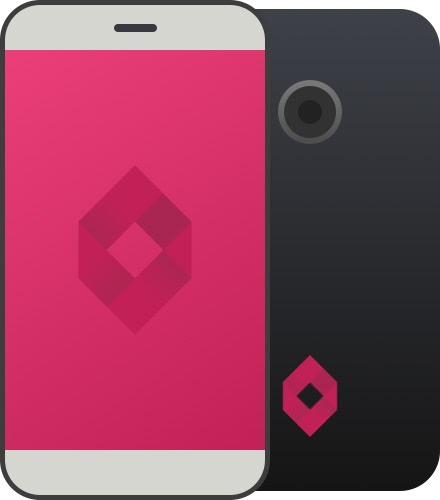What are UI Patterns in Android?
User Interface (UI) is a process used by designers to build interfaces in software and computerized devices. UI design patterns, or User interface design patterns, are those components of a design that are found in almost every design. They are reusable and reoccurring components used by designers to solve problems in user interface design.
User interface is concerned with creating interfaces that are easy for users to use and make them feel good. This poses questions such as, “Do users feel pleasurable when using the platform?” “How easy is it for users to navigate the platform?”, etc. A UI design must be user-focused or user-centered.
UI Patterns
UI design patterns makes the designer’s job easier and helps save time. UI design patterns are visual strategies that can be used to quickly solve common UI design problems. They serve as a manual for designers.
UI design patterns are not just copy-paste components, they are the components most commonly needed by users to interact effectively with a platform. For example, take the ingredients we use in preparing our local soups as an example. Irrespective of the type of soup we prepare, ingredients such as seasoning cube, salt, pepper, and onion must be added to make the soup sweet and tasty.
Seeing something over and over again makes it easier to understand and know how to go about it, that is what UI patterns do for the user. Over time, UI design patterns have allowed users to familiarize themselves with a lot of various design components.
Types of UI Patterns
1. Output/Input: This include Forms that prompt users to submit information or receive feedback based on an action, e.g., Sign-up or registration forms.
2. Navigation: This helps to guide users around the interface. It is commonly used by designers to make it easier for users to find their way around the site or app, e.g., the Menu Button.
3. Social: Social sharing also uses UI design patterns that are commonly found in websites and apps. These are social media buttons that prompt the users to either share the content, like/comment on the content, or follow the author on social media.
4. Shopping cart: Shopping carts for E-commerce sites also use UI design patterns that can be found in almost all E-commerce sites.
Android UI Patterns
1. Home Screen:
The home screen is the initial screen that your users view when they start your app; so, it is the most crucial. From here, your user should be able to take a short action, or be able to dig deeper into your app to carry on with whatever they’re attempting to do. Some of these user interfaces include list and details, carousel, and maps.
2. Navigation and Actions
Navigation and Actions allow users to navigate to other parts of your program. Fortunately, Android consumers are familiar with a few common navigation patterns that can assist you in creating a terrific app that is easy to use. Some of these navigation and actions include Tabs, Navigation Drawer, Toolbar, Floating Action Button, Search bar, etc.
Conclusion
While this isn’t a full list of Android user interface design patterns, it is a list of the most prevalent ones that will make an app more usable.
However, not all apps are created equal, and there may be instances when you need to come up with a unique way for consumers to connect with your app.
Free Resources
